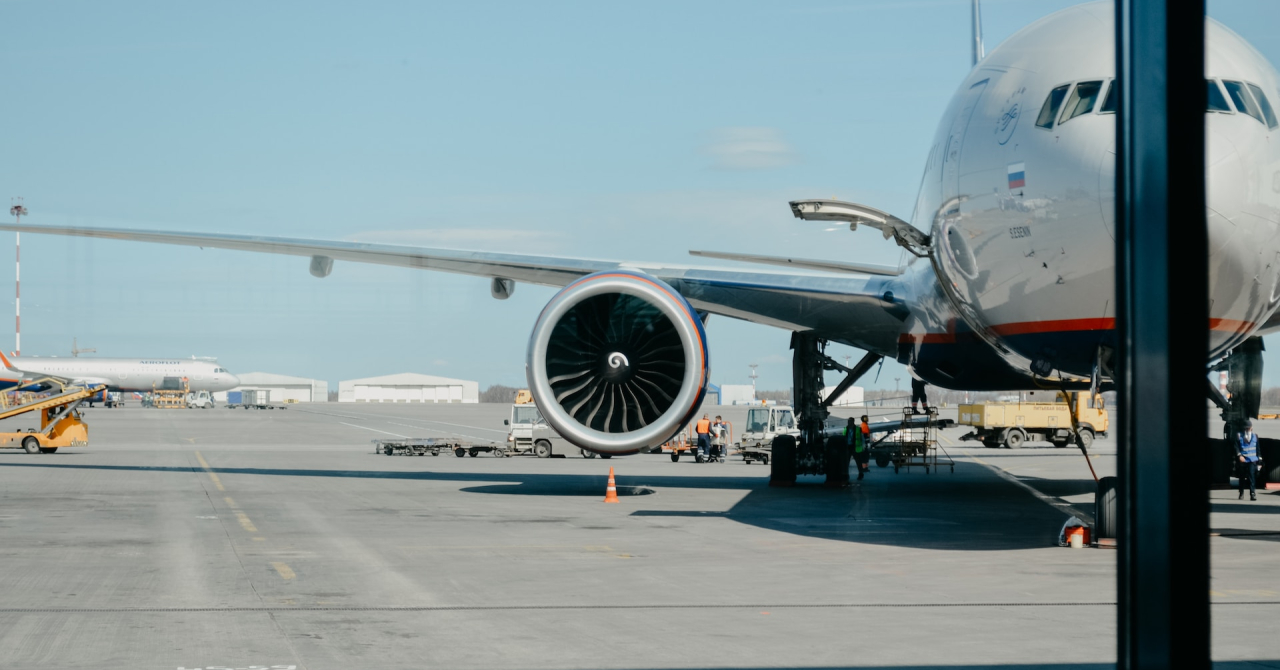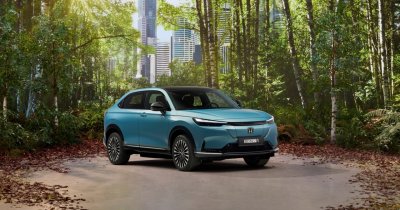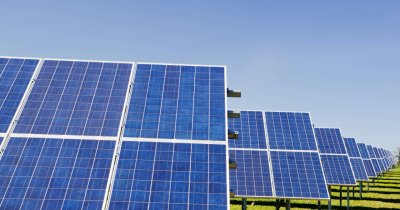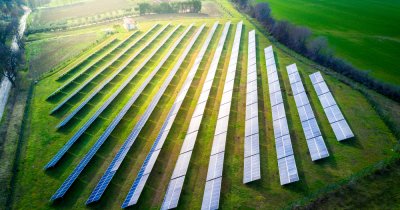At Green Start-Up we covered the subject of sustainable aviation in the past, in the sense that there are multiple companies working on more sustainable fuels or aircraft altogether, both traditional industry names and startups that have just begun their journey.
You can check here some of our articles on this subject, from electric planes, to efforts of implementing as much sustainable aviation fuel as possible into future flights.
What are electric planes
Hydrogen-powered planes are another alternative that some companies are looking at, but that has its own challenges, namely ensuring that we have enough fuel in the right form for planes to be able to take advantage of.

Another option some companies explore, such as Airbus, is hybrid powertrain planes, which still use a kerosene-powered jet engine, but in combination with an electric motor system that can be used for taxi-out, take-off assist, part of the cruising and then for taxi-in.
According to Airbus, a hybrid propulsion system for aircraft would allow for a 5% reduction in fuel use compared to a standard flight, which may not seem a lot, but for the many flights that take place every day, the savings would end up being quite significant.
Also, if we throw SAF into the mix, then the reduction in the carbon footprint and the usage of kerosene gets even lower and flying, more sustainable.
Companies making electric planes
There are multiple companies working on developing battery and hydrogen-powered aircraft, with various degrees of success. Generally speaking, smaller, lower-capacity planes powered by alternative systems are fairly well-developed, some of them even reached the skies not too long ago.
Larger aircraft, on the other hand, will need a few more years before they will be able to take-off. Wright Electric is one of the companies that is working on retrofitting 100-passenger planes with battery and hydrogen propulsion systems. The said planes, with a potential range of one hour or 640 kilometers, could make their maiden flight sometime in 2026.

The small plane used for the test flight was equipped with 21.500 Tesla-like batteries and those weighed a total of 4 tons or half of the plane's total weight. This demonstrates why lithium-ion batteries may not be the energy source we are looking for when it comes to commercial planes, as these are way larger and heavier than the Alice.
Lithium-metal battery cells could be an alternative to this, as they are lighter compared to lithium-ion ones and they are made from more easily-accessible materials.
Electric planes benefits
There are a number of benefits associated with running battery or hydrogen-electric planes, one of them being quieter operations when flying. This can be beneficial both for passengers, but also for city dwellers and animals, as running planes can be heard even while being fairly high in the sky.
However, it is hard to argue with the fact that less components allow for less chances of something going wrong, which means that the simpler nature of electric motors can make them more reliable than gas-powered ones.
Also, electric motors can allow for better energy efficiency, which in turn could reduce running costs. Experts estimate that the hourly running cost of kerosene-powered planes are 300-400 USD, while electric planes could reduce that amount to just 12 USD. This can also depend on where the energy is sourced and how cheaply it can be acquired, but it is generally believed that battery and hydrogen-powered planes would enable lower operating costs.
Electric planes challenges

Hydrogen propulsion systems could allow us to overcome these issues, but even those need to be reliable enough for flying at high altitudes.
High initial costs are another thing to consider, as electric aviation is still in its infancy and it is mostly viable for short-distance, regional flights for now. This means that the cost of implementing this type of technology industry-wide will be very high in the first years, when the technology will become commercially-available.
The good news is that the need for more sustainable aircraft will drive even more innovation among companies and more startups could be launched to compete in the market and develop their own zero-emissions, clean planes.
As with all other sustainability efforts in any industry, a combination of all available technology is needed to ensure success and cooperation between aerospace companies will drive innovation further.
 Mihai - Cristian Ioniță
Mihai - Cristian Ioniță












Any thoughts?